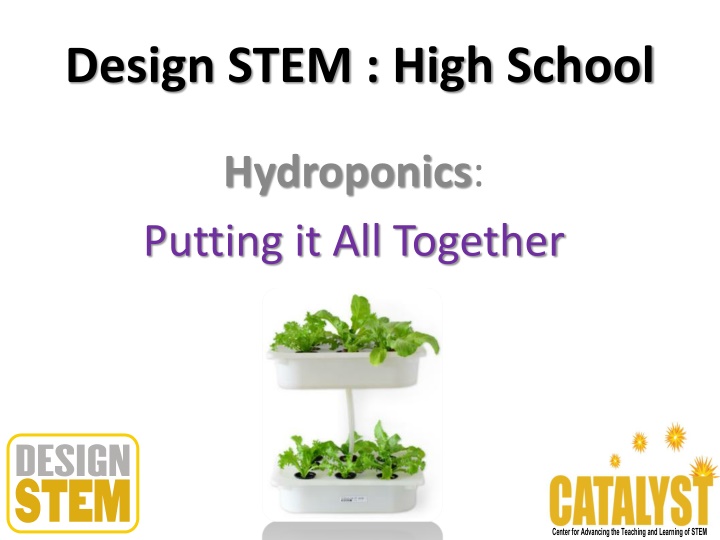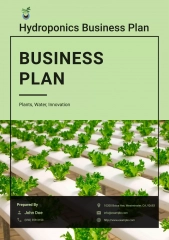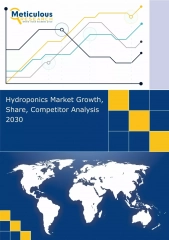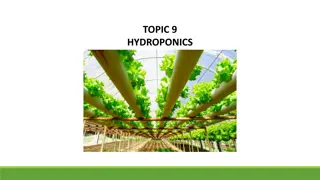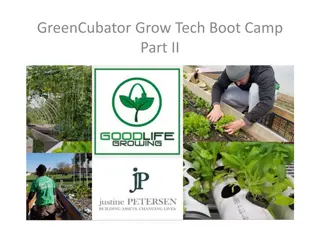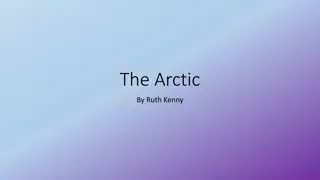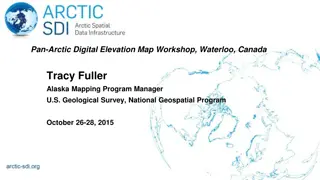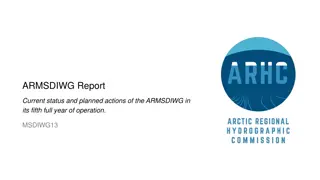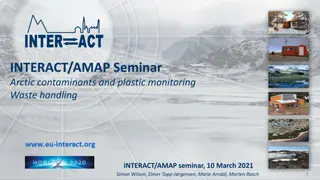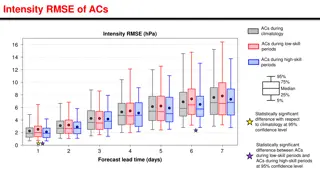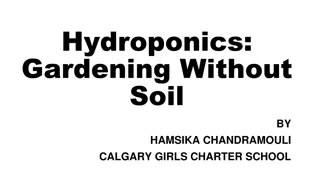High School Hydroponics Design Challenge for Arctic Regions
Join a challenging hydroponics design project for remote Arctic regions. As an engineer, create a system providing optimal conditions for plant growth, including lighting, water, and nutrients. Collaborate with an interdisciplinary team to develop innovative solutions for hydroponic farming in extreme environments. Explore the intersection of STEM disciplines to tackle real-world challenges in agriculture.
Download Presentation

Please find below an Image/Link to download the presentation.
The content on the website is provided AS IS for your information and personal use only. It may not be sold, licensed, or shared on other websites without obtaining consent from the author.If you encounter any issues during the download, it is possible that the publisher has removed the file from their server.
You are allowed to download the files provided on this website for personal or commercial use, subject to the condition that they are used lawfully. All files are the property of their respective owners.
The content on the website is provided AS IS for your information and personal use only. It may not be sold, licensed, or shared on other websites without obtaining consent from the author.
E N D
Presentation Transcript
Design STEM : High School Hydroponics: Putting it All Together ? Center for Advancing the Teaching and Learning of STEM
Overarching Hydroponic Challenge You are working as an engineer for a company that manufactures irrigation systems for hydroponic farmers that live in remote locations including in regions of the Arctic. You and your interdisciplinary team are tasked with the challenge to design a hydroponic system that would work in such conditions. Your design should include plans for providing appropriate conditions for growing the hydroponic plants including light, water, and nutrients. ? 2 Center for Advancing the Teaching and Learning of STEM
Overarching Hydroponic Challenge Chemistry Biology 3
Overarching Hydroponic Challenge Your plans should include designs for lighting system, water distribution system, and recipe for appropriate nutrition for the plants. ? 4 Center for Advancing the Teaching and Learning of STEM
Thank You Power Point slides will be posted on the Blackboard website for the course. If you have any questions, please feel free to contact us Hui-Hui Wang (huiwang@purdue.edu) Minjung Ryu (mryu@purdue.edu) Sanjay Rebello (rebellos@purdue.edu) ? 5 Center for Advancing the Teaching and Learning of STEM
